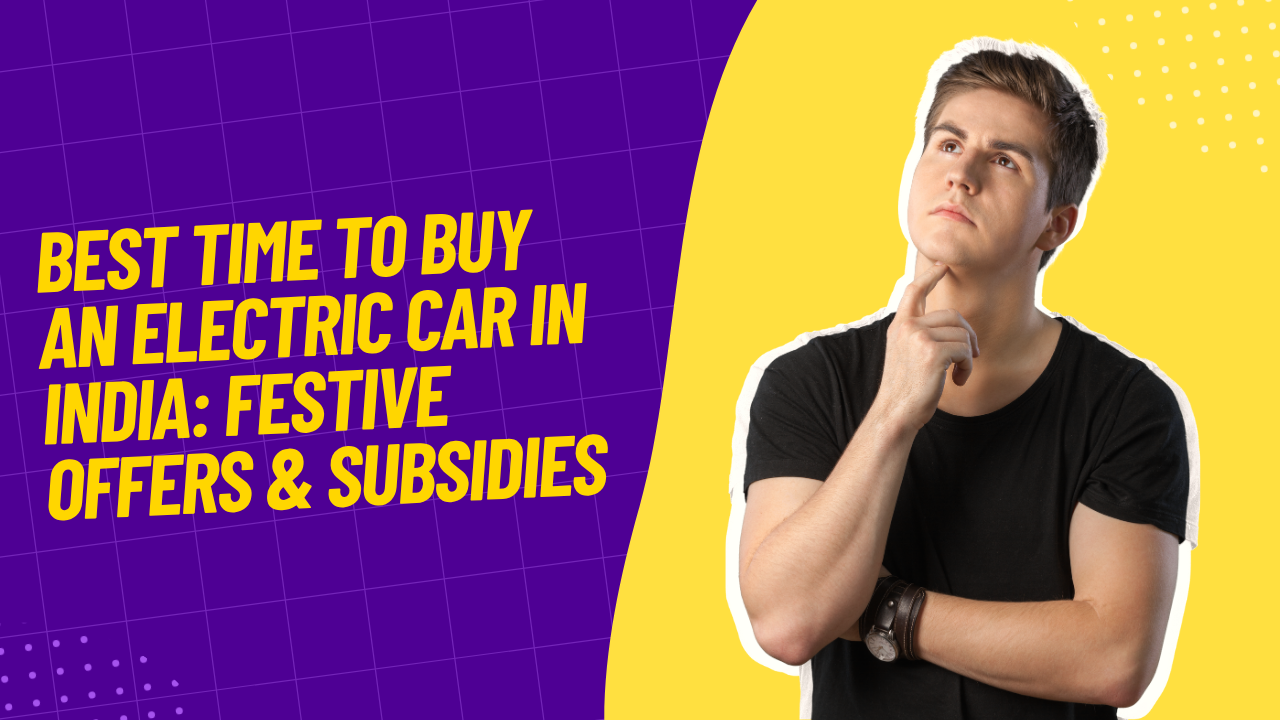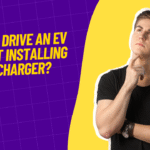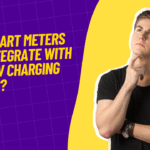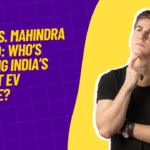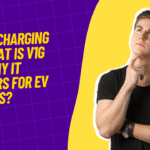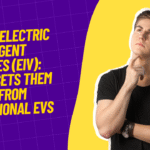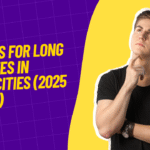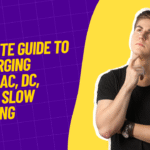Buying an electric car in India isn’t just about choosing the right model or range. Purchase timing plays a critical role in maximizing savings through festival deals, government subsidies, and dealer discounts. Thoughtfully planning your purchase can save you ₹50,000 to over ₹2 lakh. This comprehensive guide explores the best windows to buy an EV, aligned with offer patterns, policy phases, and real-world buyer insights.
2. Inflation, Oil Prices, & Why Timing Matters
Global oil prices and inflation spikes have pushed petrol and diesel costs to record highs. Meanwhile, electric vehicle (EV) technology costs are falling, and subsidy programs are evolving. The gap between ICE and EV running costs is widening, making it more financially prudent to buy EVs sooner rather than later. Paired with savvy timing, you can use this shift to leap ahead on savings.
3. Festive Seasons: When Dealers Go All Out
Diwali (September–October)
The biggest sales booster of the year. Automakers and dealers typically run promotions on EV models with:
- Free home charging installations.
- Booking amount waivers.
- Complimentary accessories like floor mats or wallbox chargers.
- Extended service packages or extended warranties.
Incoming buyers during Diwali have cited net savings up to ₹80,000 on models like Tata Nexon EV and MG ZS EV.
Other Key Events:
- Navratri and Dussehra: Similar offers though smaller in scale.
- End-of-Fiscal Year (February–March): Dealers clear inventory, offering incremental discounts.
- Republic Day (January): Banks commonly run reduced EMI offers and cashback deals.
4. Government Subsidy Windows: Align Your Purchase
India’s central and state EV subsidy schemes—and their deadlines—have a direct impact on out-of-pocket cost.
4.1 FAME II & New Wave Policies
The FAME II incentive scheme continues to fund EV transition, focusing on vehicles under 2 kW power. The cabinet recently approved an additional ₹10,000 subsidy for EVs priced under ₹15 lakh, valid until March 2026.
4.2 State-Specific Schemes
States like Maharashtra, Delhi, Tamil Nadu, and Karnataka offer top-ups. These details are vital:
- Maharashtra: Up to ₹25,000 for cars, aligning with Tata Punch EV models during monsoon months.
- Delhi NCR: Up to ₹1.5 lakh subsidy for private electric cars up to ₹20 lakh.
- Tamil Nadu: Offers scrappage-linked incentives during Diwali 2025.
- Karnataka and Kerala: Tariff waivers on road tax, registration during festival periods.
4.3 Deadline Awareness
Most state incentives apply until 31 March 2026. Timing the booking during high-offer seasons ensures overlap with both central and state subsidies. Be vigilant: missing a deadline means forfeiting ₹50,000+.
5. Manufacturer Offer Cycles & Production Runs
Large manufacturers release EV update cycles and new trims around key festivals. Example:
- Tata Nexon EV facelift during Dusshera.
- MG Comet EV introduction in 2025 tied to Diwali.
- Limited-run anniversary trims (like Hyundai Kona N Line) with freebies launched March-end.
Buying just before or just after these events can yield last-gen discounts while accessing premium features.
6. Financial Incentives: Bank Deals, EMIs & Credit Times
Banks typically support major festivals and fiscal timelines with reduced interest rates on green loans. EMI offers include:
- Zero down-payment at 9% interest.
- Lower EMI windows during festival periods (₹3,000–4,000 less compared to regular).
- Cashback offers arranged through EMI exchanges or insurance bundles.
Planning your finance around festival timelines can soften sticker shock significantly.
7. Resale & Total Cost of Ownership: A Future-Proof Lens
Buying right is not just about purchase price, but long-term value.
- Battery warranty: Models under ₹20 lakh have 8-year warranty—coincide purchases to start warranty at peak benefit periods.
- Future resale: Buying early adopters around festival windows includes freebies that increase resale appeal.
- Unused charging credits: Many brands offer ₹10,000 worth of public charging credits during launch. Used early, they represent real savings if timed right.
8. Best Calendar Windows for Maximum Savings
8.1 End-Feb to Mid-March
- Intersection of FAME II, state budgets, and new tax year.
- Booking now secures vehicle on old fiscal year plates.
8.2 Diwali 2025 (Late Oct)
- Best festive discounts, overlapping with monsoon state buy-back policies and manufacturer new trims for 2026.
8.3 January–February 2026
- EMI offers peak after sustenance of sales, banks align offers with upcoming gregorians.
Tactical Insight:
For maximum benefit, spread your purchase window from date of subsidy eligibility through 90 days before expiry.
9. Region-by-Region Timing Tactics
North India (Delhi NCR, Punjab, Haryana)
- Focus on NCR incentives alongside October-November launches.
- NCR subsidy reduces price of mid-range models by ₹1 lakh.
Maharashtra
- Monsoon scrappage bonus overlaps with Diwali factory/ dealer extra offers.
South India (Tamil Nadu, Kerala, Karnataka)
- Watch for January 2026 budget announcements; Diwali offers + scrappage add up to 20% discounts.
East India (West Bengal, Odisha)
- Less subsidized than West, but dealer-level discounts during auto expos (Kolkata International Auto Expo, Jan 2026) can be strong.
10. FAQs
Q1: When is the best festival to buy an EV car?
Diwali offers combining manufacturer, bank, dealer, and state subsidies offer the largest savings, often up to ₹2 lakh.
Q2: Will subsidies run out mid-festival?
Yes, some state subsidies expire quickly once budget allocation ends. Always confirm subsidy availability within 7 days of booking.
Q3: Should I wait for a model facelift before buying?
Buy pre-facelift at a steep discount. However, if newer features matter, plan to wait until April–May 2026.
Q4: How to ensure eligibility for central and state subsidies?
Make sure your EV is on approved lists, paperwork (loan, insurance, invoice) is submitted to respective portals within 30 days.
Q5: Do bank EMI circulars always align with festivals?
Banks typically mobilise campaigns pre-Diwali, Dusshera, Republic Day (Jan 26) and March-end, making these the best times for favorable financing.
11. Actionable Checklist Before You Buy
- Identify your EV shortlist (e.g., Tata Punch EV, MG Comet EV, Hyundai Kona).
- Track sale windows via official manufacturer websites.
- Calculate net cost: Ex-showroom – central subsidy – state subsidy during timeline.
- Secure finance: Pre-approval of green loan at month-start.
- Verify stock availability at local dealer.
- Finalize purchase within the best-named window—typically Diwali or end-March.
12. Conclusion: Timing Is Your Strategic Ally
In 2025, the best time to buy an electric car in India isn’t arbitrary. It’s a calculated decision leveraging festival pricing, central and state subsidy windows, bank EMI campaigns, and production cycles. Done right, you can save up to ₹2 lakh, motor into zero-range running costs, and own a forward-looking vehicle for years.
